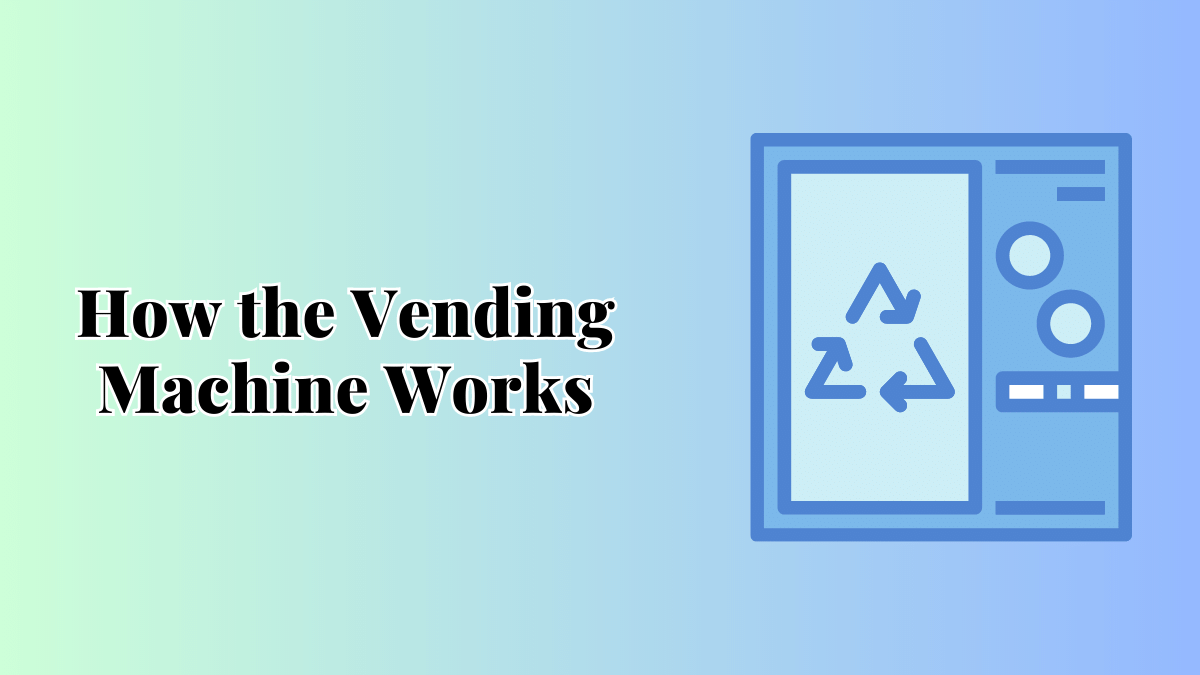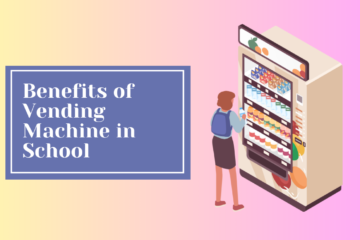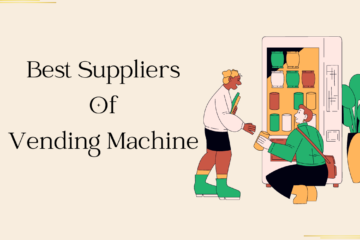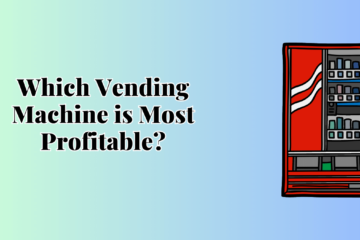Vending machines have become an integral part of our daily lives, providing us with snacks, beverages, and even small items with just a few coins or a swipe of a card. But have you ever wondered how these How the Vending Machine Works? In this detailed article, we will explore the fascinating world of vending machines, understanding their mechanics, payment methods, and technology. Whether you are a consumer or a business owner looking to invest in a vending machine, this guide will equip you with the knowledge you need.
How the Vending Machine Works
A vending machine is a marvel of engineering and automation. It is designed to provide goods and services to consumers without the need for direct human intervention. Here’s a breakdown of how the vending machine works:
- Product Selection and Input: When you approach a vending machine, you’ll find a user-friendly interface with a variety of products displayed. You can make your selection by pressing the corresponding button or touching the product image on the screen.
- Internal Inventory Management: After you make your selection, the machine checks its internal inventory to ensure the product is available. If the item is out of stock, the machine will indicate this on the display, and you’ll need to choose an alternative.
- Product Retrieval: Once the machine confirms the availability of the chosen product, a mechanical arm or conveyor system retrieves the item from its designated slot and brings it to the delivery area.
- Payment Processing: Vending machines accept various payment methods, including coins, bills, credit cards, and mobile payments. The machine’s payment system verifies and processes the payment, ensuring it matches the item’s cost.
- Dispensing the Product: Once the payment is confirmed, the machine dispenses the selected product into the collection bin or delivery area, ready for you to take and enjoy.
The Evolution of Vending Machines: From Ancient Times to Modern Day
Vending machines have a long and interesting history that dates back to ancient times. Here’s a brief overview of their evolution:
- Ancient Origins: The concept of vending machines can be traced back to ancient Greece, where they were used to dispense holy water in temples. In the first century, the mathematician Hero of Alexandria created a vending machine that dispensed holy water when a coin was inserted.
- Early Modern Vending: The 17th and 18th centuries saw the emergence of coin-operated machines that dispensed tobacco, books, and postage stamps. These machines were the precursors to the modern vending machines we know today.
- Automated Food Dispensers: In the 19th century, vending machines became popular for dispensing simple food items such as gum and chocolate. The machines operated using a combination of coins and mechanical levers.
- Electrification and Advancements: The early 20th century brought significant advancements to vending machines, with the introduction of electricity. Electric motors enabled more complex products, such as beverages and snacks, to be dispensed with greater efficiency.
- Digital Revolution: In recent decades, vending machines have embraced the digital revolution. Touchscreen interfaces, cashless payment options, and real-time inventory management have transformed the vending experience for consumers and operators alike.
The Mechanics Behind Vending Machines
Vending machines rely on a sophisticated combination of mechanical and electronic components to function seamlessly. Let’s delve into the mechanics that make these machines tick:
- Spiral and Coils Systems: The most common way to store and dispense products in a vending machine is through spiral and coil systems. These systems use rotating spirals or coils to hold and release products one at a time.
- Sensors and Optics: To ensure smooth operations, vending machines are equipped with various sensors and optics. These sensors detect the presence of products, check if the delivery area is clear, and monitor payment transactions.
- Currency Validators: For accepting coins and bills, vending machines come with currency validators. These devices assess the authenticity and denomination of the inserted currency, ensuring fair transactions.
- Change Dispensers: In case you need change for your purchase, vending machines are often equipped with change dispensers. These devices release the appropriate amount of change after deducting the item’s cost.
- Cooling and Heating Systems: Vending machines that offer cold beverages or hot snacks come with cooling and heating systems to maintain the desired product temperature.
Payment Methods in Vending Machines
Vending machines have evolved from accepting just coins to accommodating a wide range of payment methods. Here are some common payment options you’ll find in modern vending machines:
- Coins and Bills: Traditional vending machines still accept coins and bills. The currency validators ensure the legitimacy of the money and credit the payment to the purchase.
- Credit and Debit Cards: Many vending machines now feature card readers that accept credit and debit cards. Tap-to-pay technology further simplifies the payment process.
- Mobile Payments: With the increasing popularity of mobile payment apps, vending machines are catching up too. QR codes and NFC technology allow users to pay with their smartphones.
- Contactless Payment: In a world concerned about hygiene, contactless payment methods have gained prominence. Vending machines with near-field communication (NFC) capabilities facilitate contactless transactions.
- Biometric Payments: Some cutting-edge vending machines are even experimenting with biometric payment methods, using fingerprint or facial recognition for secure and convenient payments.
Types of Vending Machines
Vending machines cater to diverse consumer needs, leading to the creation of various types of machines. Here are some common types of vending machines:
- Snack Vending Machines: These machines offer a wide range of snacks, including chips, chocolates, and nuts. They are commonly found in offices, schools, and public places.
- Beverage Vending Machines: Beverage vending machines dispense cold drinks, hot beverages, and even specialized coffee options. They are popular in malls, train stations, and airports.
- Cigarette Vending Machines: Though less prevalent today due to regulations, cigarette vending machines were once common in bars and pubs.
- Fresh Food Vending Machines: These machines provide freshly prepared meals, salads, sandwiches, and other perishable items, often found in hospitals and corporate campuses.
- Specialty Item Vending Machines: Some vending machines offer niche products like electronics, beauty products, or even art pieces, catering to specific customer interests.
FAQs
Q: How are vending machines restocked?
A: Vending machines are typically restocked by dedicated operators who visit the machines periodically. They refill the inventory, collect cash, and perform any necessary maintenance.
Q: Are vending machines profitable for business owners?
A: Yes, vending machines can be profitable, especially when placed in high-traffic areas. However, success depends on factors like product selection, location, and maintenance.




